Best Fitness Trackers To Keep You Fit In 2016
We may receive a commission on purchases made from links.
It is interesting, almost amusing, how recent technologies, both hardware and software, have seemingly conspired to get us on our feet and, at the very least, live more active lifestyles. Pokemon GO, for example, has gotten people walking a lot, despite the sometimes insane reasons. Fitness trackers and smartwatches with health features come in all shapes, sizes, and design, to keep you at least mindful of your activities, or lack of it. And though we're way past the middle of the year, there's no time like the present to start the journey towards a healthier you. But there are dozens, literally, of fitness-centric accessories out there. So to help you pick your next healthy purchase, here's our top ten choices for this year's best fitness wearables.
Ready, Set ...
While there are numerous fitness trackers in the market, not all of them are created equal, and most are not even close. Some are dirt cheap while there are those that will make your wallet sweat as much as you. Some are but simple buttons or clips, while others are almost full-blown smartwatches in their own right. It's not easy to pick out the best of the best, because some will want features that can keep up with their athletic activities while some are just interested in their steps or heart rate. No one size fits all, but the ten try to appeal to as large an audience as possible, but each with its own special identity.
Go!
Fitbit Surge
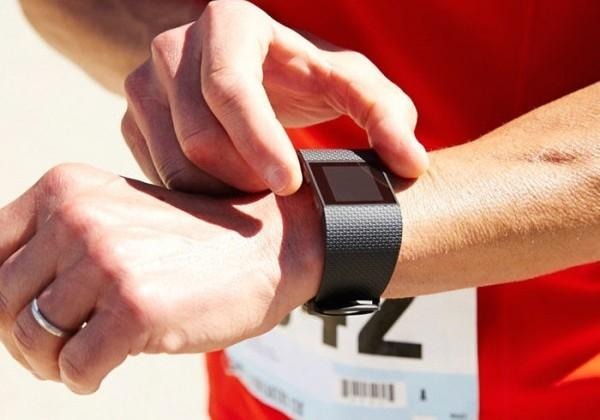
If you have the money to splurge and want all the bells and whistles of an activity tracker, that doesn't go into sports territory, the Fitbit Surge is the one to beat. It has practically anything and everything demanded from a fitness tracker with ties to your smartphone. That includes automatic sleep detection, GPS, multiple activity detection, and continuous heart rate monitoring on the health side, with clocks, caller ID, text notifications, and music controls on the "smart" side. And best of all, it's compatible with Windows, Mac, Android, and iOS.
It's not the prettiest fitness tracker, mind you, but it gets the job done and does it well. Which is a good thing considering its $249 price tag. But if you really want a smartwatch experience, the Fitbit Blaze is an option with the same price tag. The one difference? You're trading GPS tracking for smarter features.
Samsung Gear Fit 2
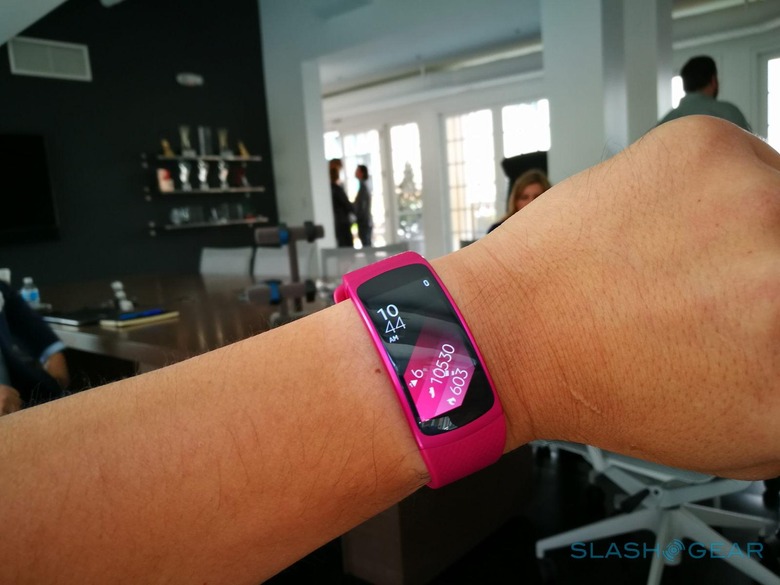
Samsung's newest fitness wearable could have had it all, as one popular song went. The Gear Fit 2 has almost the same bells and whistles as the Fitbit Surge and looks stylish to boot. And it can do a lot more when paired with a smartphone, things beyond simple notifications and music.
The biggest problem with it, however, is that only holds true if you have an Android smartphone. Samsung was at least kind enough not to limit its compatibility to only its Galaxy line of smartphones. Sadly, that generosity doesn't extend to iOS. It will soon, however, but, until then, the crown belongs to the Surge.
Fitbit Charge HR
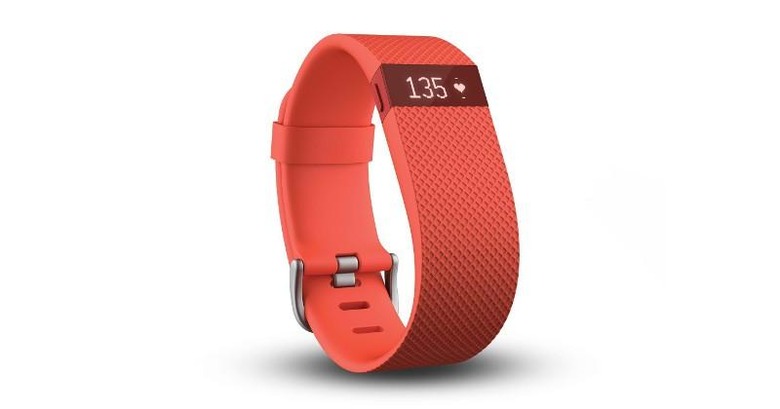
It's not exactly a good thing when you're tagline is "a cheaper alternative", but that is both the strength and the weakness of the Fitbit Charge HR. For those who care not for the modern trappings of smartphone controls and notifications, beyond caller ID, that is, the Charge HR tries to offer the best bang for the buck, so to speak.
That, however, isn't the only thing missing, as you also don't get GPS tracking on this Fitbit model. You still have continuous heart rate monitoring, though, which is sometimes more important to some wearers.
Garmin Vivoactive HR
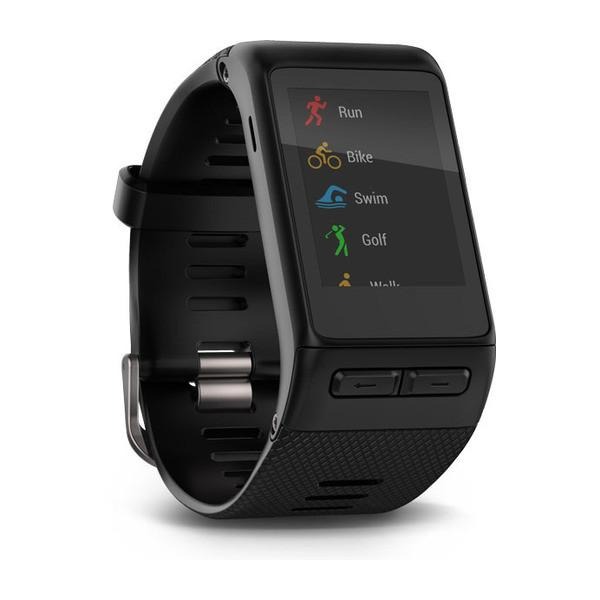
Garmin is a name more known for its car navigation products, but that does sort of imply that it excels at tracking, at least when it comes to location. That is precisely why the Vivoactive HR is touted as one of the best trackers for the more athletic crowd. It is regarded to accurately track different kinds of sports and activities, from running, to swimming, to even gold! It is also quite accurate at measuring heart rate, almost as well as a dedicated chest strapped monitor.
Many, however, might be put off by its rather clunky design, a cross between a sportswatch and a first gen, blocky smartwatch. More might actually be put off by the price, which matches that of the Fitbit Surge. But if multi-sport accuracy is an important element, then the Garmin Vivoactive HR is probably worth the sacrifice.
Garmin Vivosmart HR+
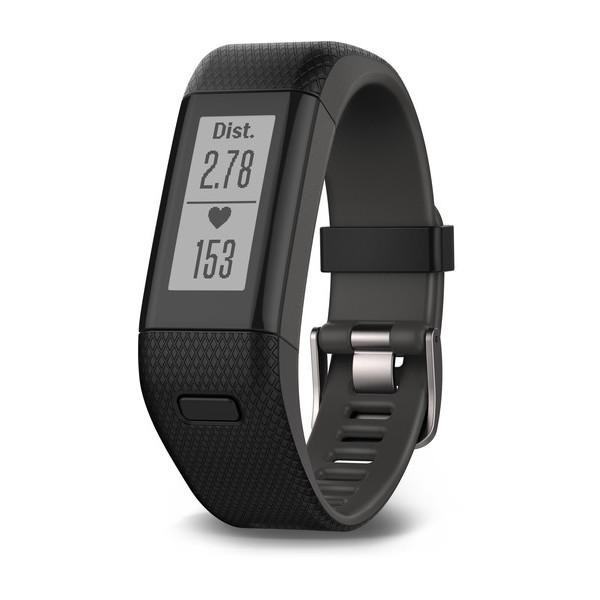
If there were any doubt that Garmin's fitness wearables are for the sporty crowd, then the Vivosmart HR+ should banish all that. In truth, the Vivosmart HR+ and Vivoactive HR look almost identical and have almost identical features, but with a lower price point. But unlike the Vivoactive HR, the Vivosmart HR+ its more focused on running rather than multi-sports. And fortunately, it excels in that as well. The "+" in its name is in comparison to its immediate predecessor, the Vivosmart HR. The key difference is that the HR+ has its own GPS inside, making it more a standalone wearable when it comes to tracking walks and runs.
Misfit Ray
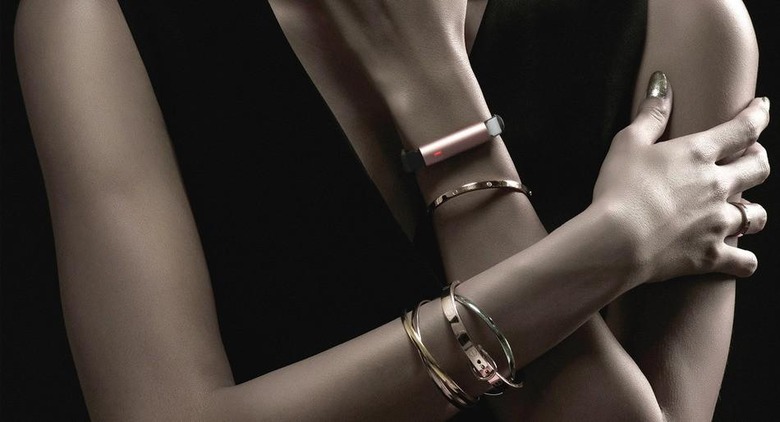
There are some users for whom design is just as critical as features, and for whom the extra bells and whistles might come at too high a cost. For those that prefer a simpler, less conspicuous, and stylish wearable that still tracks most of their activities, the Misfit Ray might be a better fit. Designed almost more like a fashion accessory, the Ray comes with just the basics for tracking steps and sleep. It doesn't have heart rate tracking, but most of the wearables at this price point don't anyway.
And interesting feature of the Ray is how it still integrates with smart devices, despite lacking a display. Notifications are relayed via vibrations and it does have a button for controlling a smart appliance.
Misfit Shine 2
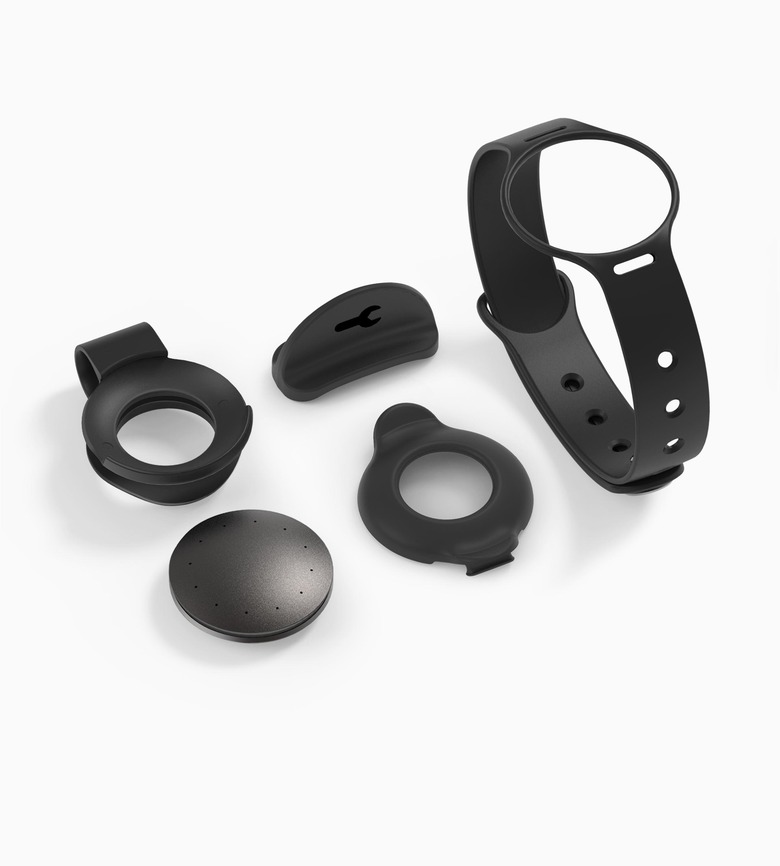
Some might find even a fashionable band like the Misfit Ray a bit too obvious. Especially when you're already wearing, say, a watch. For those who still want to hide their activity tracker even more, the Misfit Shine 2 offers a compromise. The tracker itself is nothing more than a disc that has 12 multicolor LEDs to convey statuses and notifications. To "wear" it, you can opt to attach it to a clip that you can then hide behind clothes or on your belt. You can still, however, attach it to a wrist strap and wear it more like a conventional fitness tracker. Even then, however, it's not going to look out of place from your fashion tastes.
Like the Misfit Ray, the Shine 2 reduces its functionality to the basics, eschewing features like GPS or heart rate tracking. Considering its $99 price tag, however, that's not exactly surprising.
Jawbone UP2/3/4
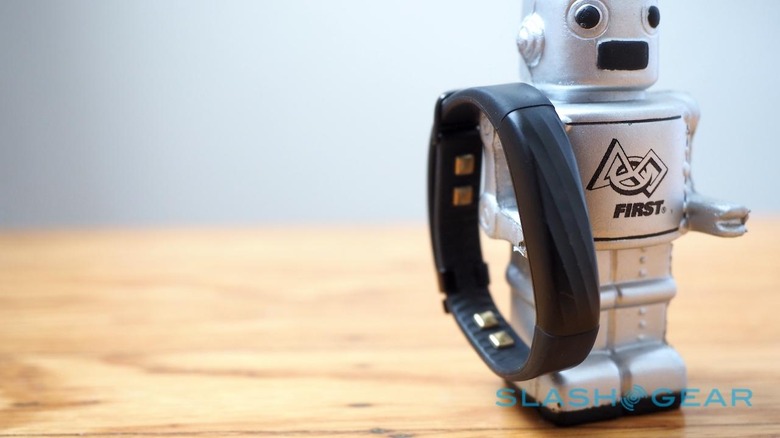
One fitness tracker that tries to be featured while also fashionable is Jawbone's UP . There are three of them currently available right now and, depending on your budget, you can really choose which features you need. The most basic among the wearable bands is the Jawbone UP2, which, at the very least, offers automatic sleep detection. The UP3 improves sleep tracking and adds heart rate monitoring. The UP4, on the other hand, only brings Amex payments to the table, which might make it less convincing for its price.
Like the Misfit Ray, the Jawbone UPs have limited integration with smartphones when it comes to notifications. They are really no-nonsense, basic fitness trackers that also look great.
Withings Go
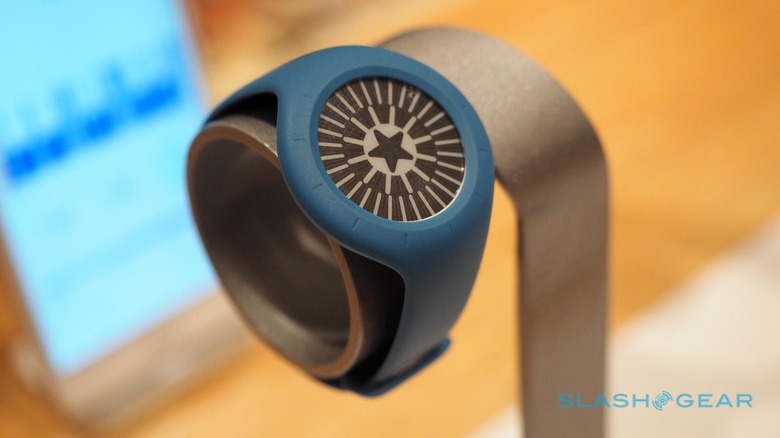
One thing that almost all fitness trackers, except for those without displays, is that their battery lives are counted in days, with 3 at the lowest and a week at most. The Withings Go trumps them all in this context, while also being the weirdest one. It has a display, but one that uses e-ink/e-paper like Pebble. The tracker itself is simply a thick circle, somewhat like the Misfit Shine 2, that you can put into a wrist strap. But the oddest thing of all is that, despite looking like a watch and despite having a display, it doesn't show the time. Not unless you press the screen hard.
Oddity aside, the Go does have all the basics of a fitness tracker, including sleep detection. But its biggest draw will be its battery life, with boasts of 8 months. That's 2 months more than either the Misfit Ray or the Misfit Shine 2, and neither of those have any display. All for $80.
Jawbone UP Move
Not everyone, however, needs a full-fledged fitness tracker. A large majority of health-conscious but not activity-minded users will simply be interested in how many steps they've taken or how well they've slept. They might not even care much about their heart rate. For these people, even something like the Misfit Ray or Shine 2 is too much, especially when they don't really want to be bothered by wearing it, no matter how light or pretty it is.
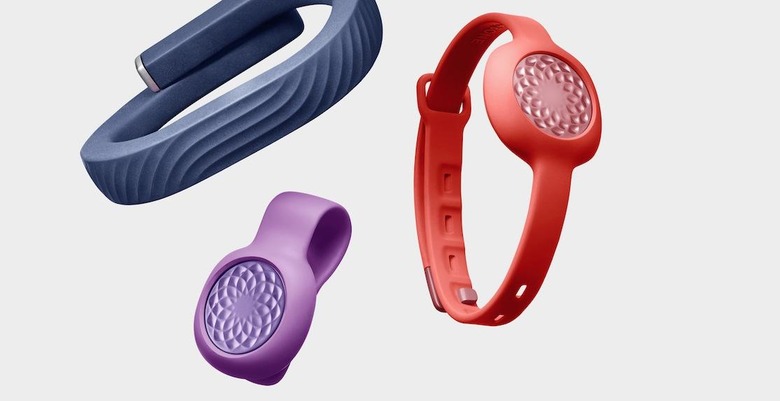
The Jawbone UP Move, the smallest and really least of Jawbone's collection, will fit these users well. Like the Shine 2, the tracker is really a small, perhaps easily lost, unit. Unlike the Shine 2, however, it is rather bulky for its size and won't exactly look good on your wrist. This accessory is meant to be used on a clip instead, or stowed away in your bag or pocket. Again, easy to be lost. The UP Move just has the basics, like step tracking. No GPS. Even while it has sleep tracking, it doesn't do it automatically, and you have to remember to press the button each night before you sleep. Compared to the other nine, the Jawbone UP Move might seem crude, but it is also the most affordable of them all at $50 a pop.
Wrap-up: Runners-up
If you're not too serious about activities like running or sports and you happen to have a smartwatch or fancy buying one, then many smartwatches can stand in for a fitness tracker. Almost all of them have some form of step tracking, and some even have standalone GPS. Even fewer, however, are those with hear rate monitors of their own, like the Apple Watch, Samsung Gear S2, Moto 360 Sport, and LG Watch Urbane. Depending on their companion apps, these smartwatches also offer some insight into health, like BMI, suggested steps goals, and the like. If you want a basic fitness tracker and smartwatch in one, this is definitely an option.
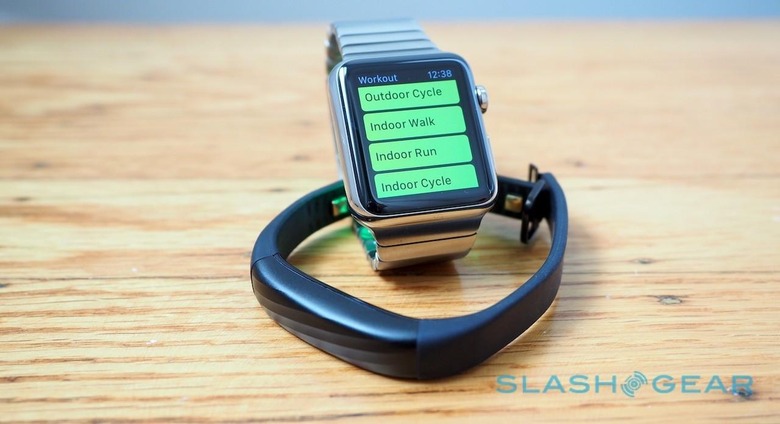
When all else fails, your smartphone can make for a very basic, sometimes inaccurate fitness tracker. Both Android and iOS have health apps that track steps using the smartphone's motion sensors. But other than that, majority of the information that these health apps need have to be input manually. Samsung's more recent Galaxy flagships advertise heart rate sensors, even blood oxygen sensors, but there are also Android apps that utilize the camera and flash to do likewise.
Smartwatches and smartphones aren't going to be as fully featured as fitness trackers, of course, but let it not be said that you can't start being active and monitoring your health unless you have one.
